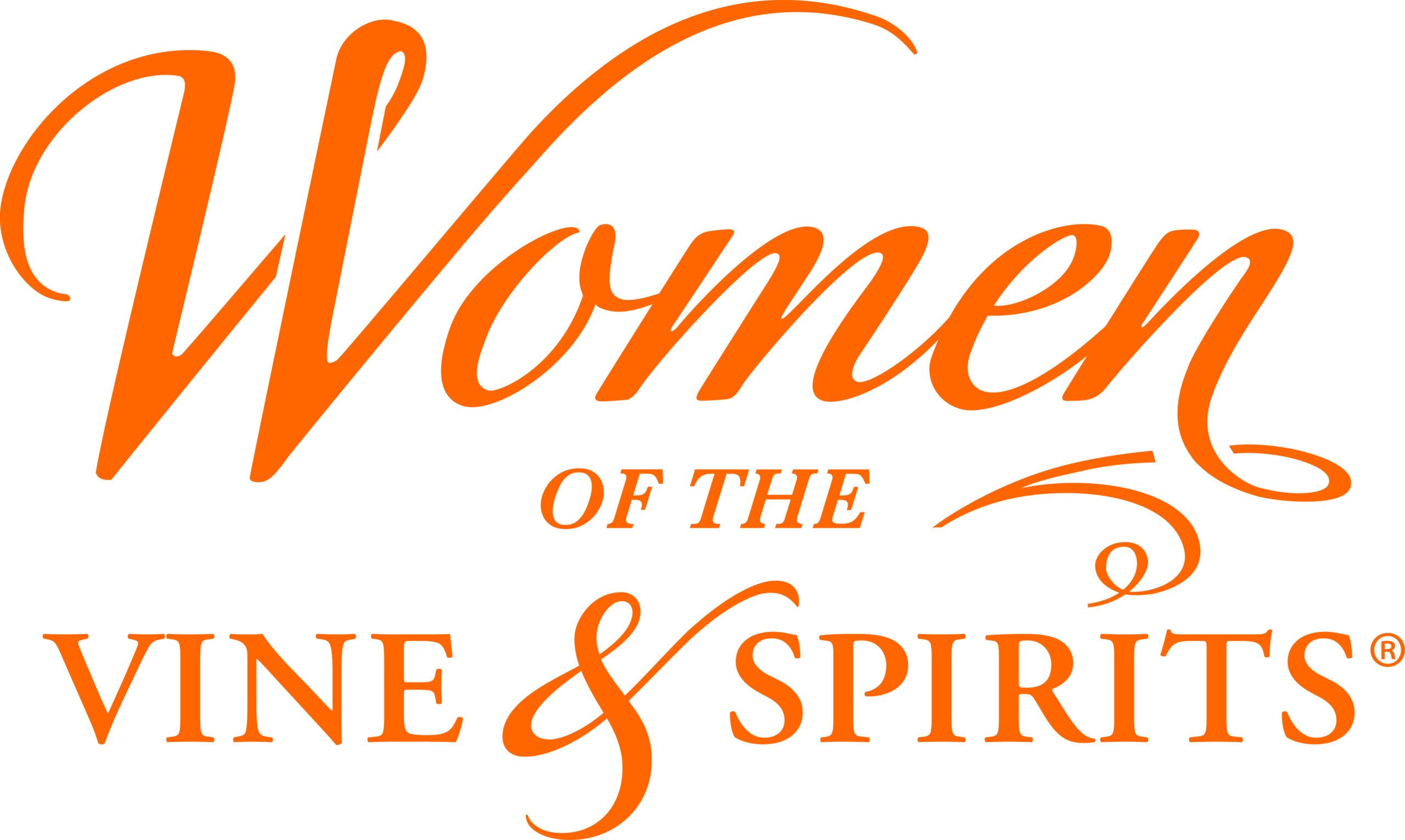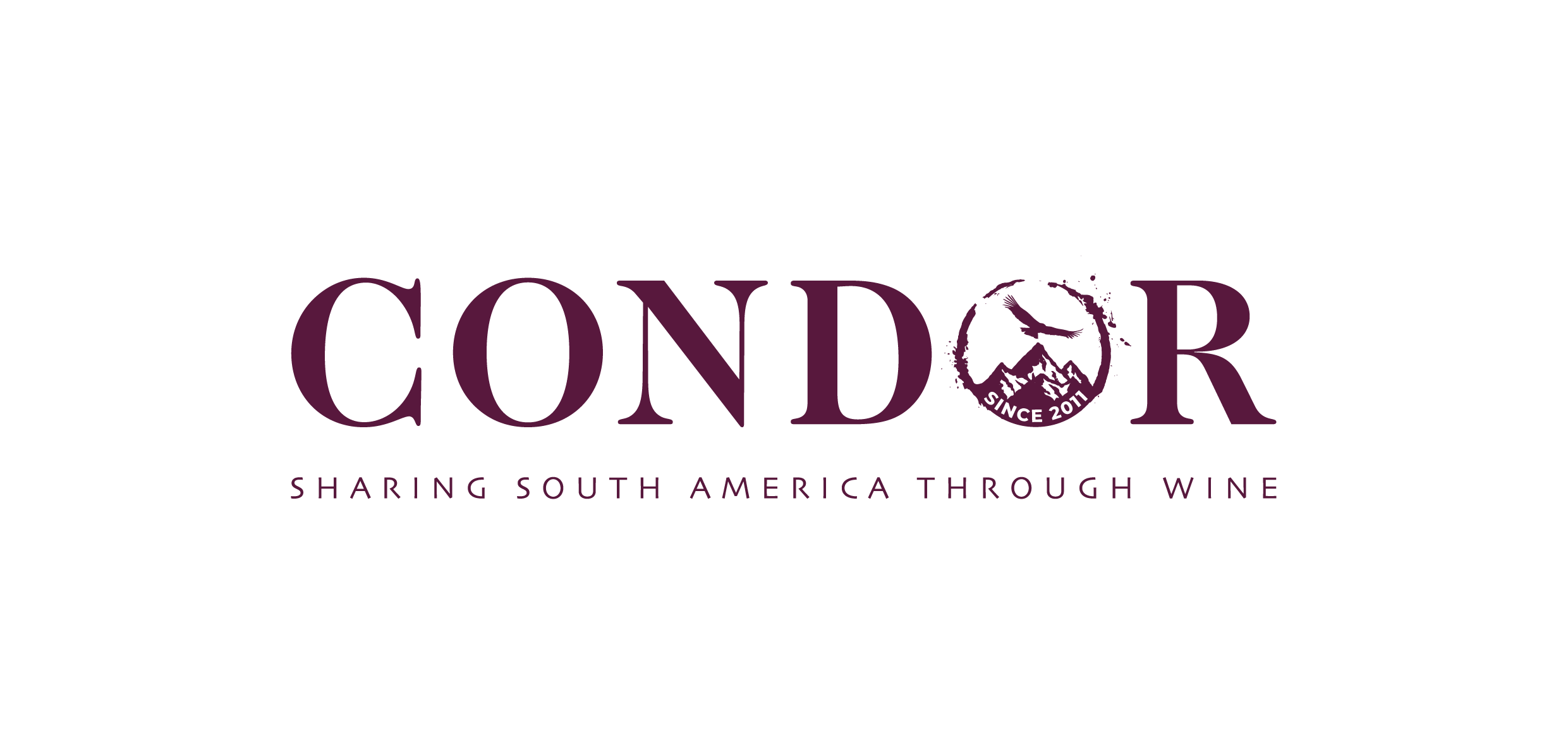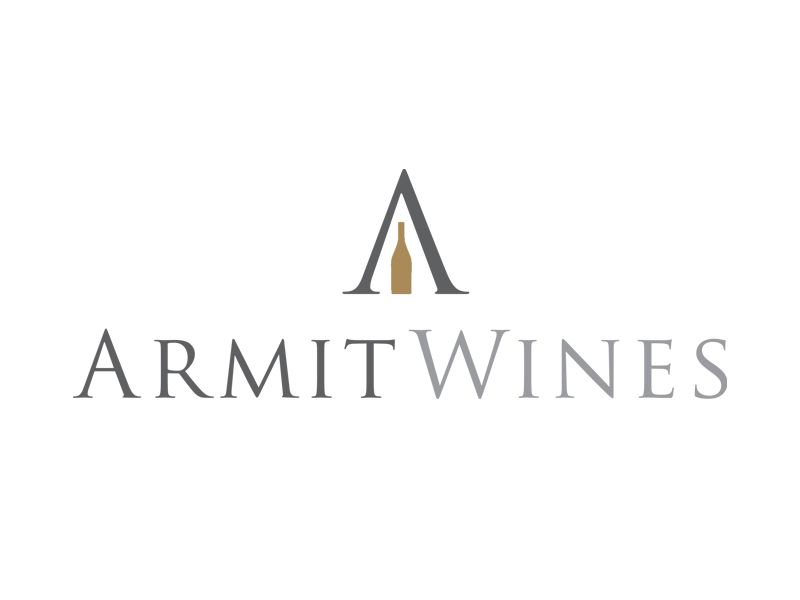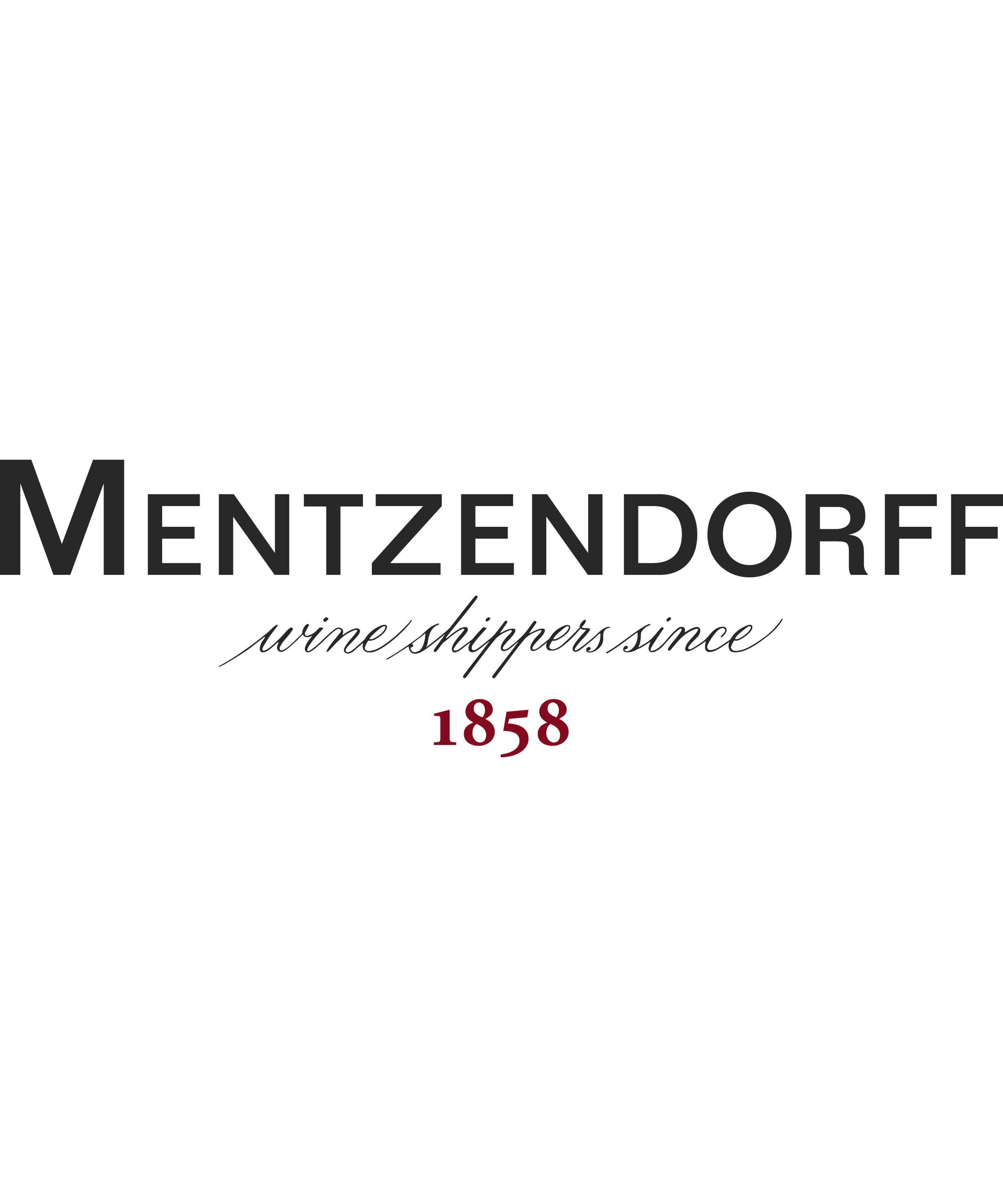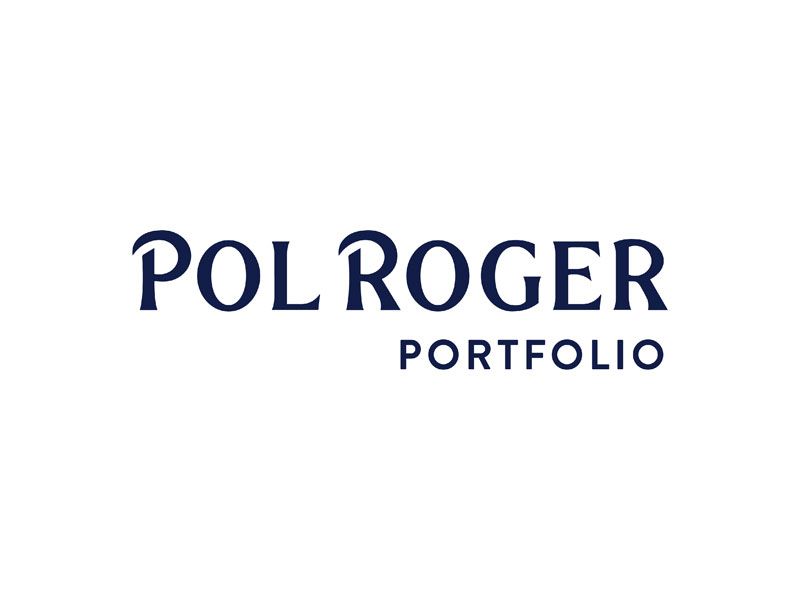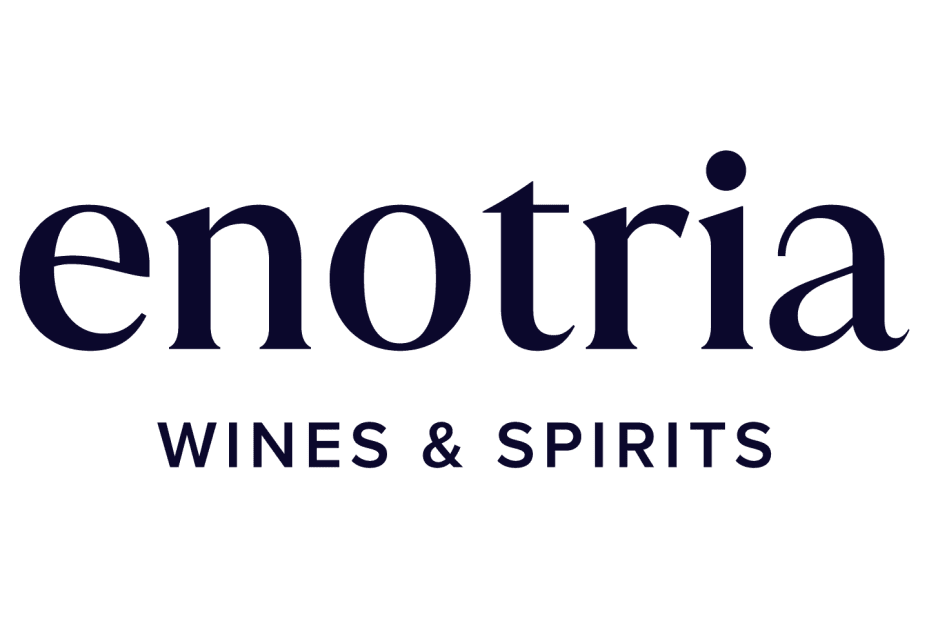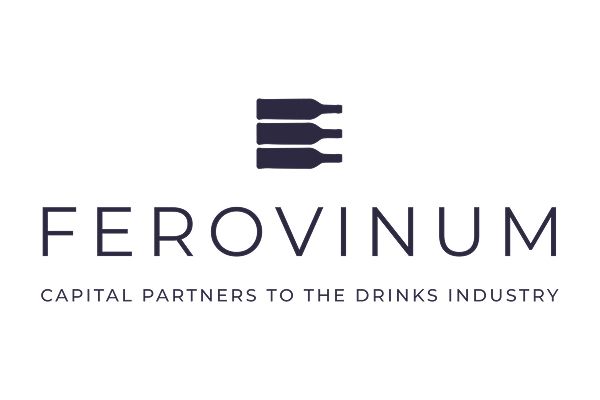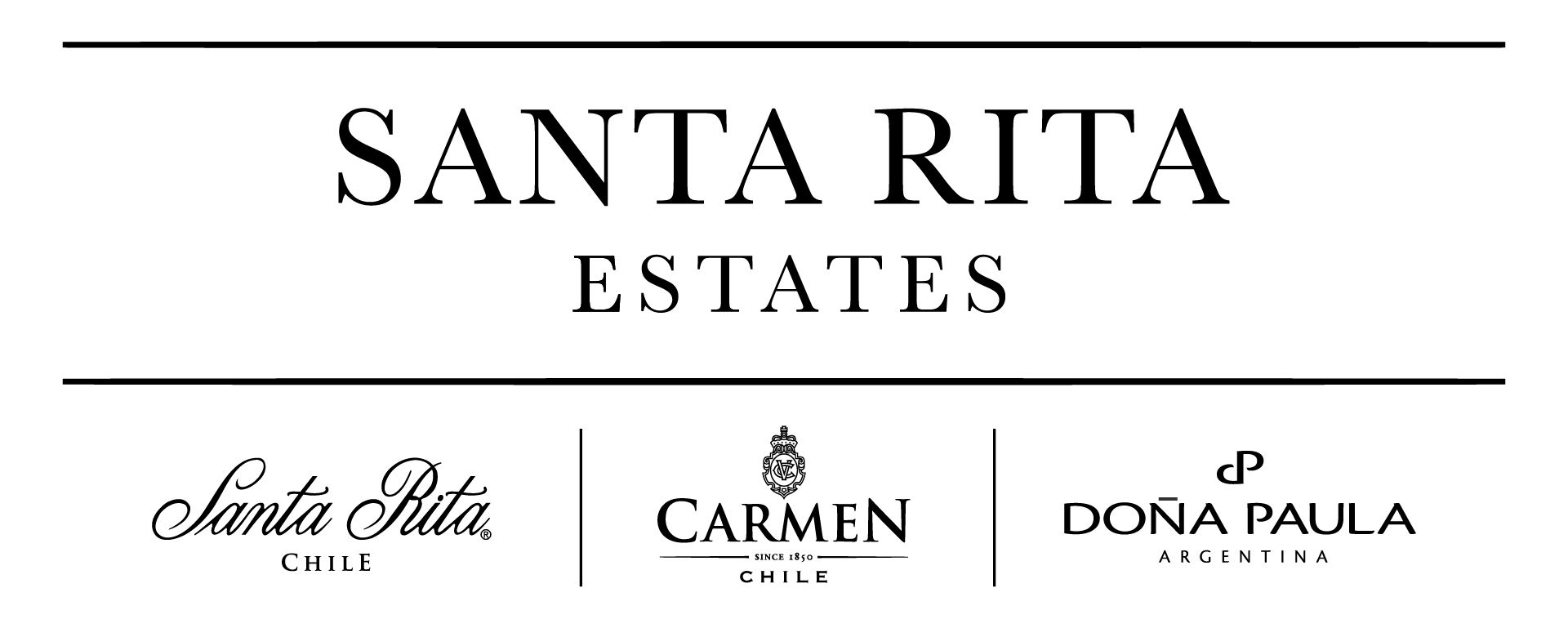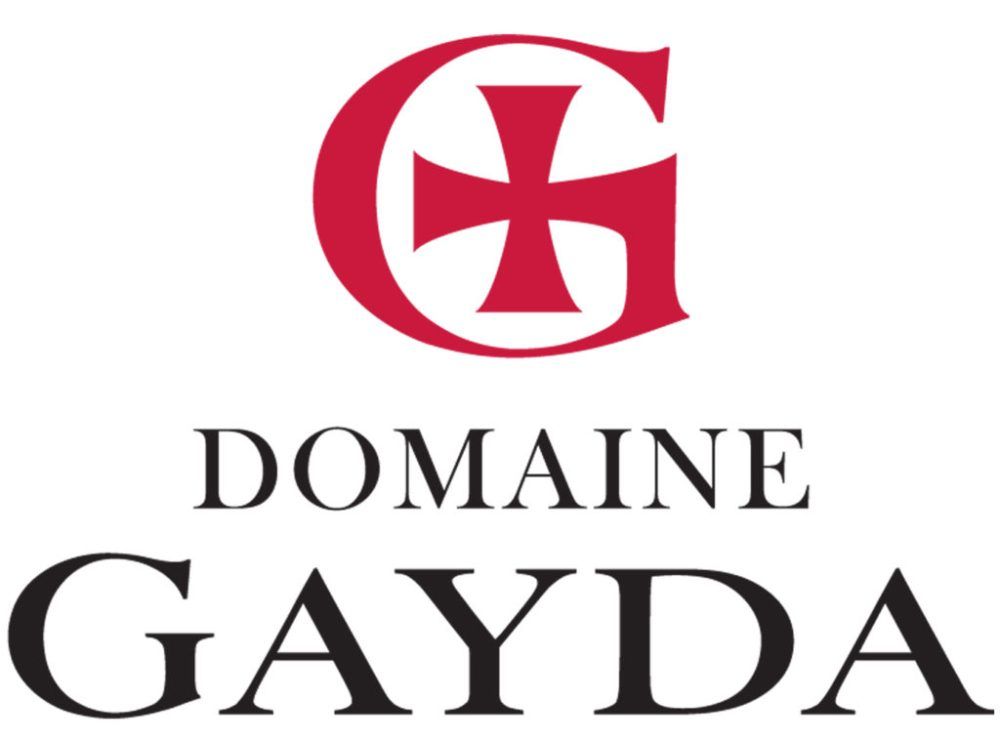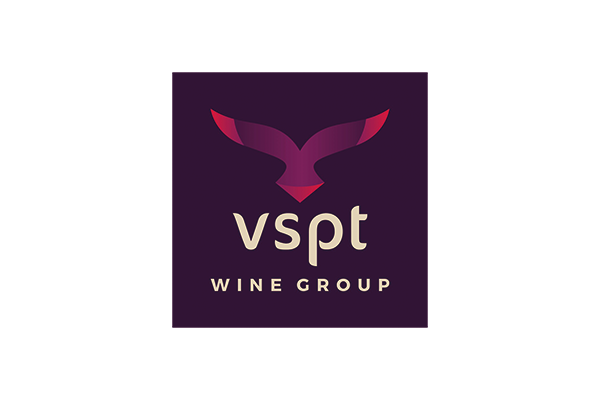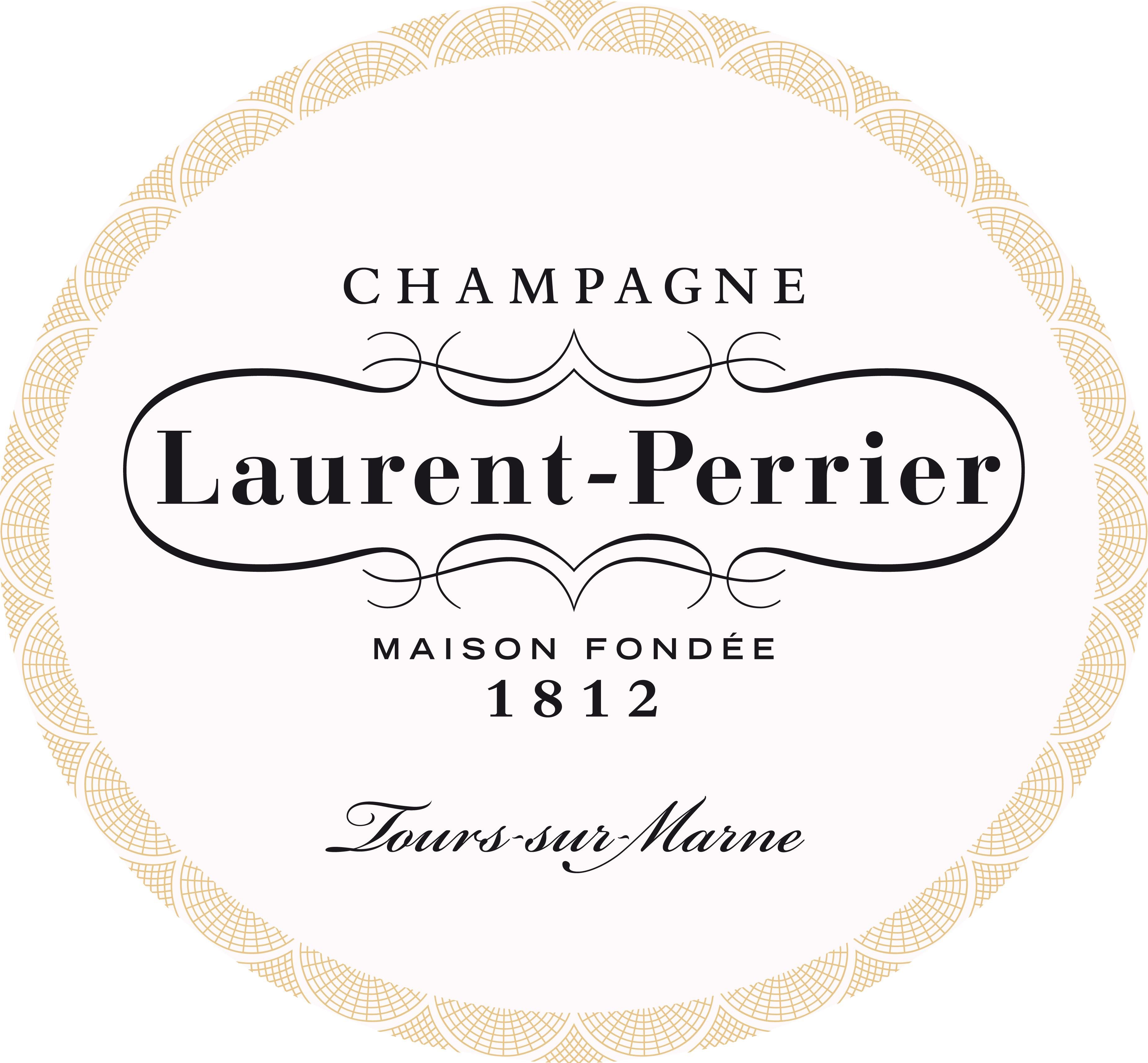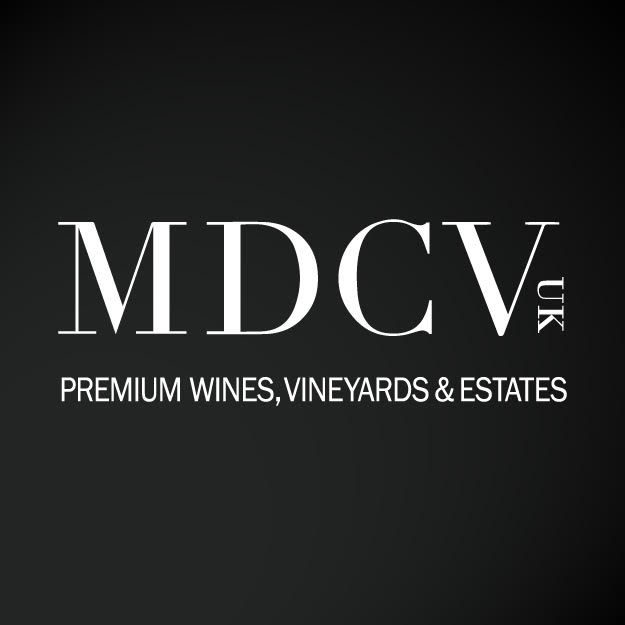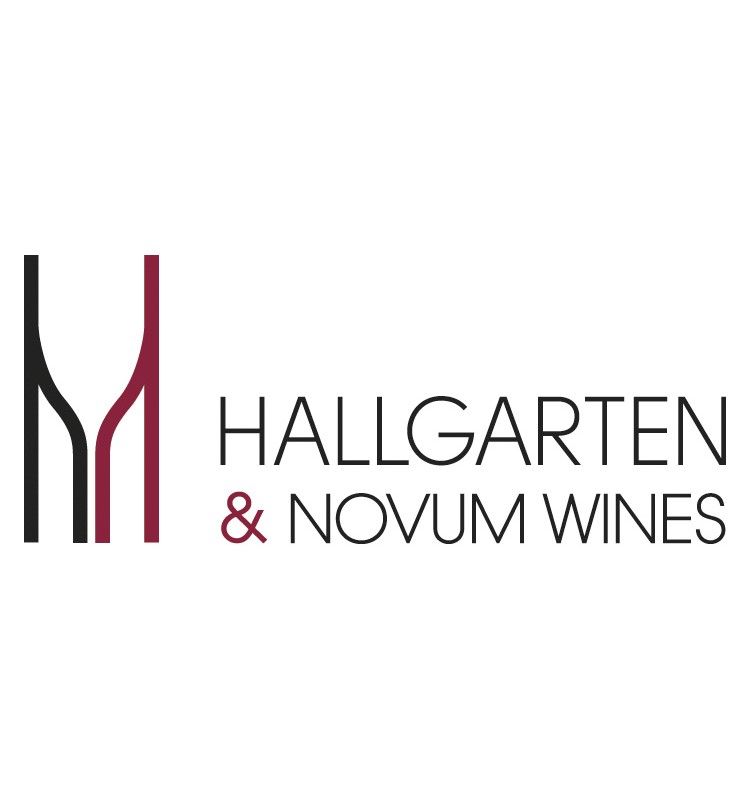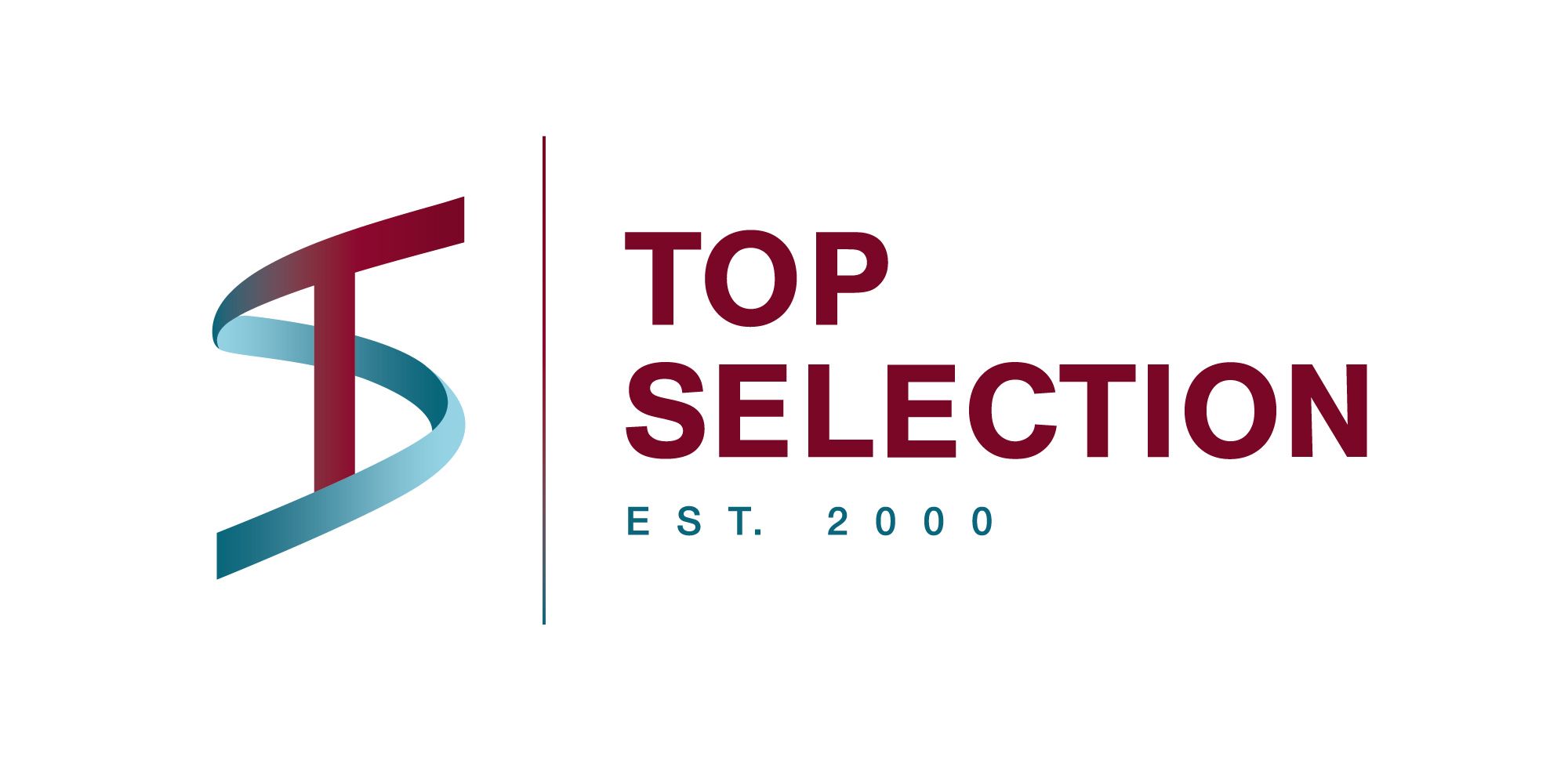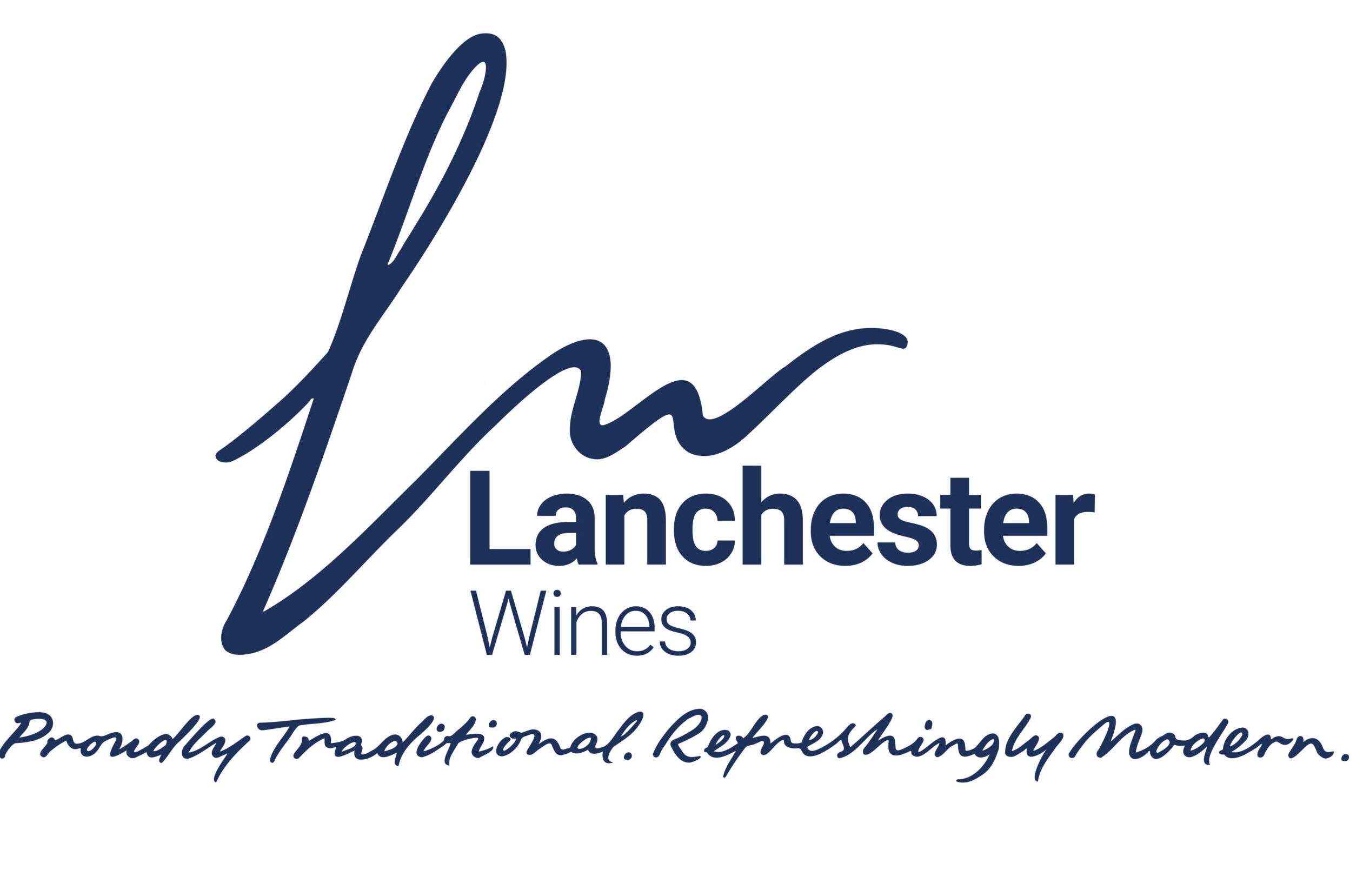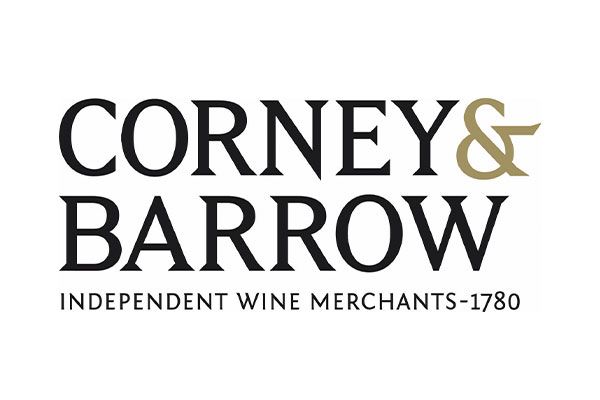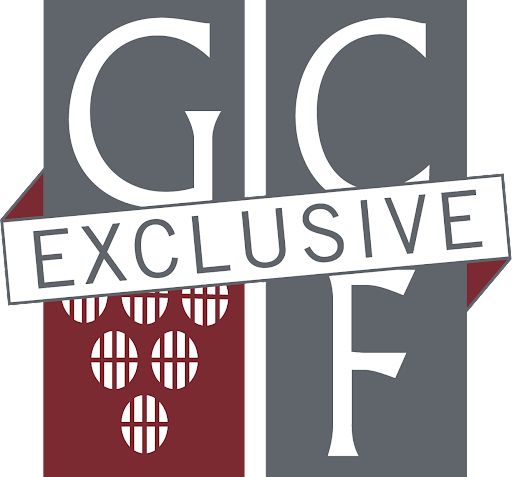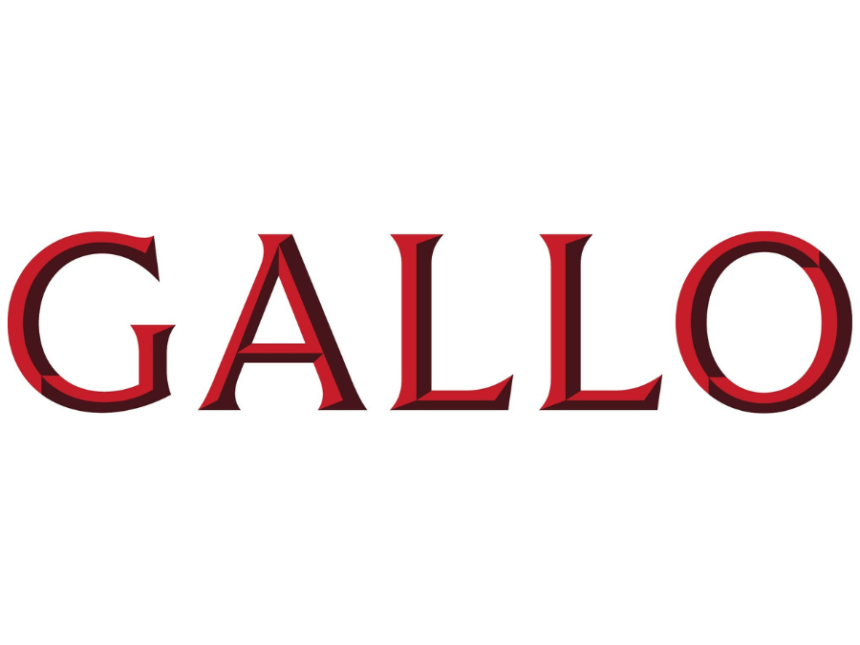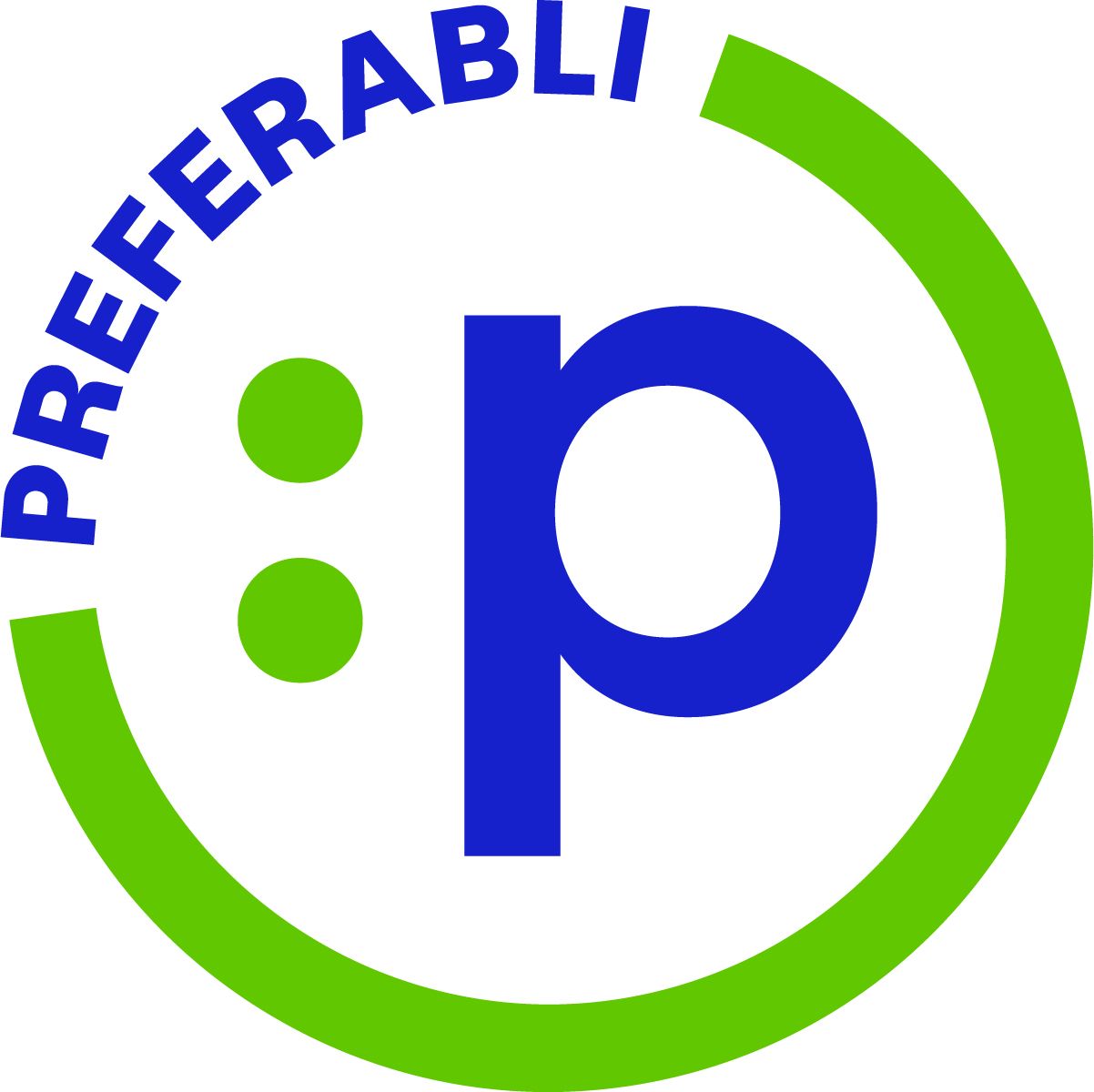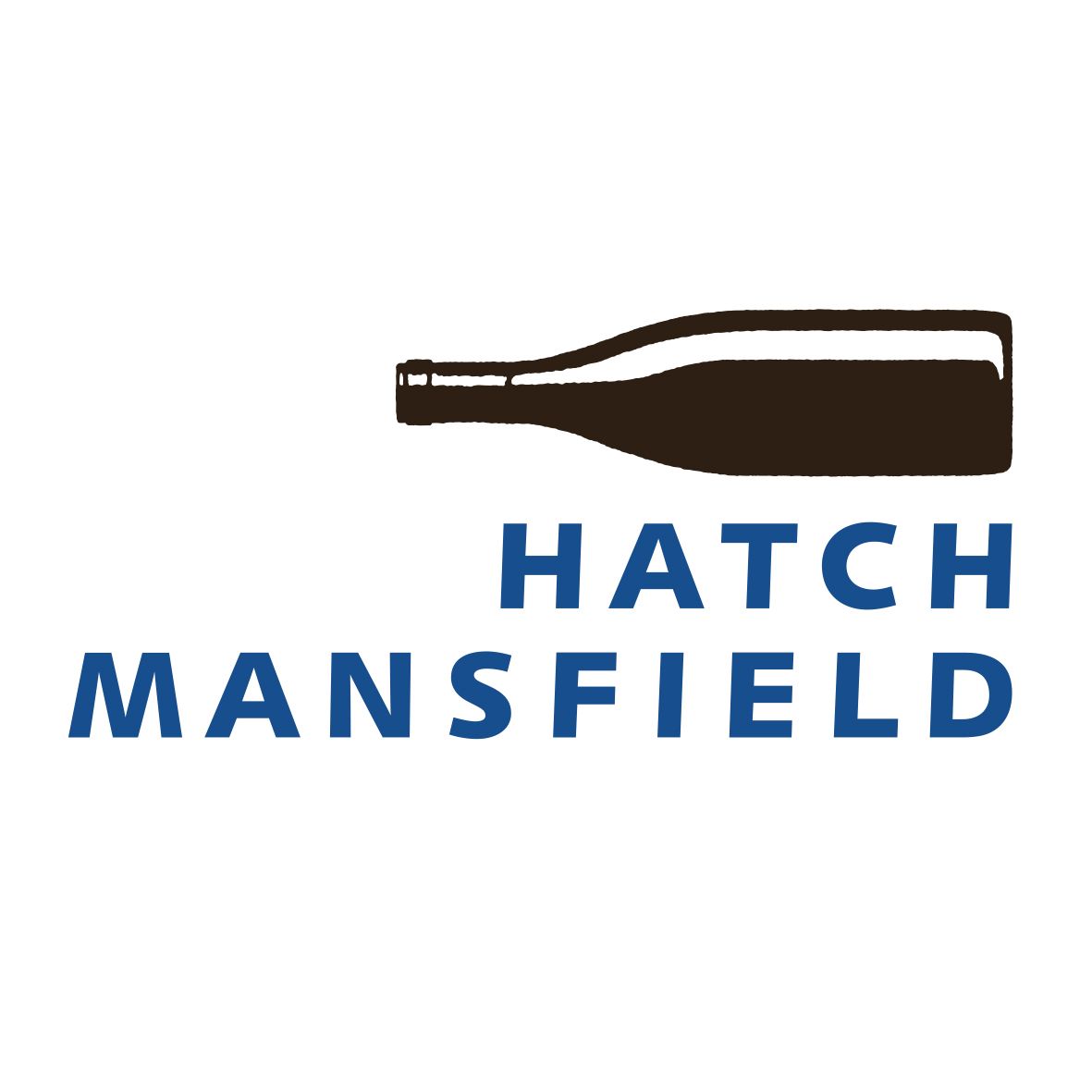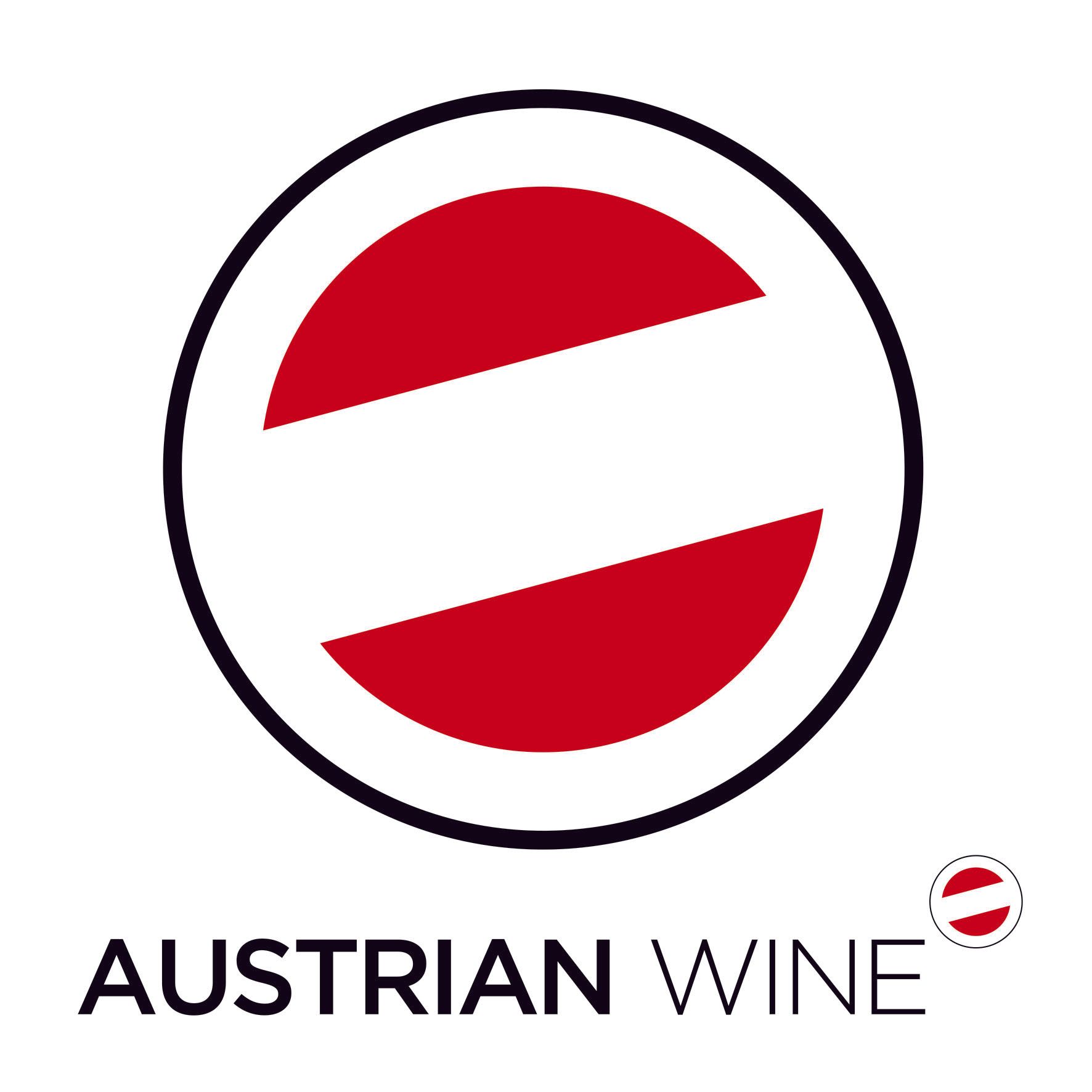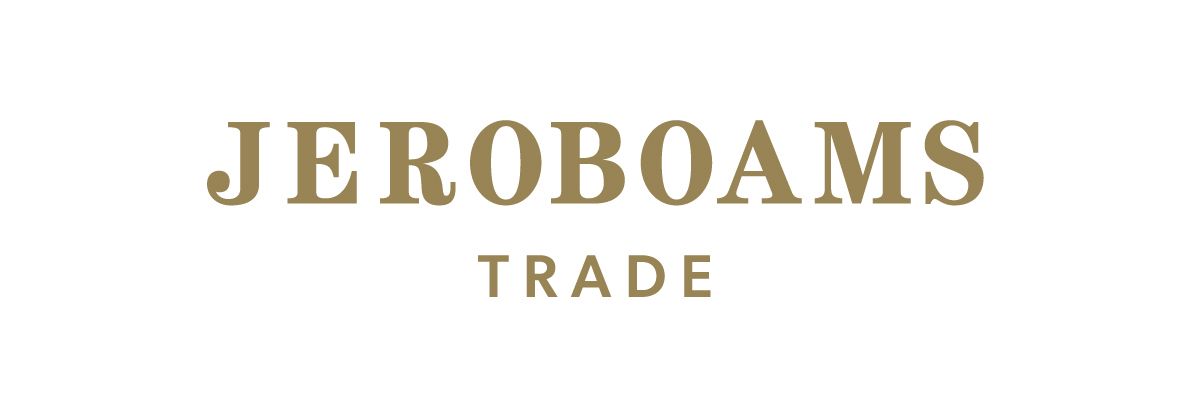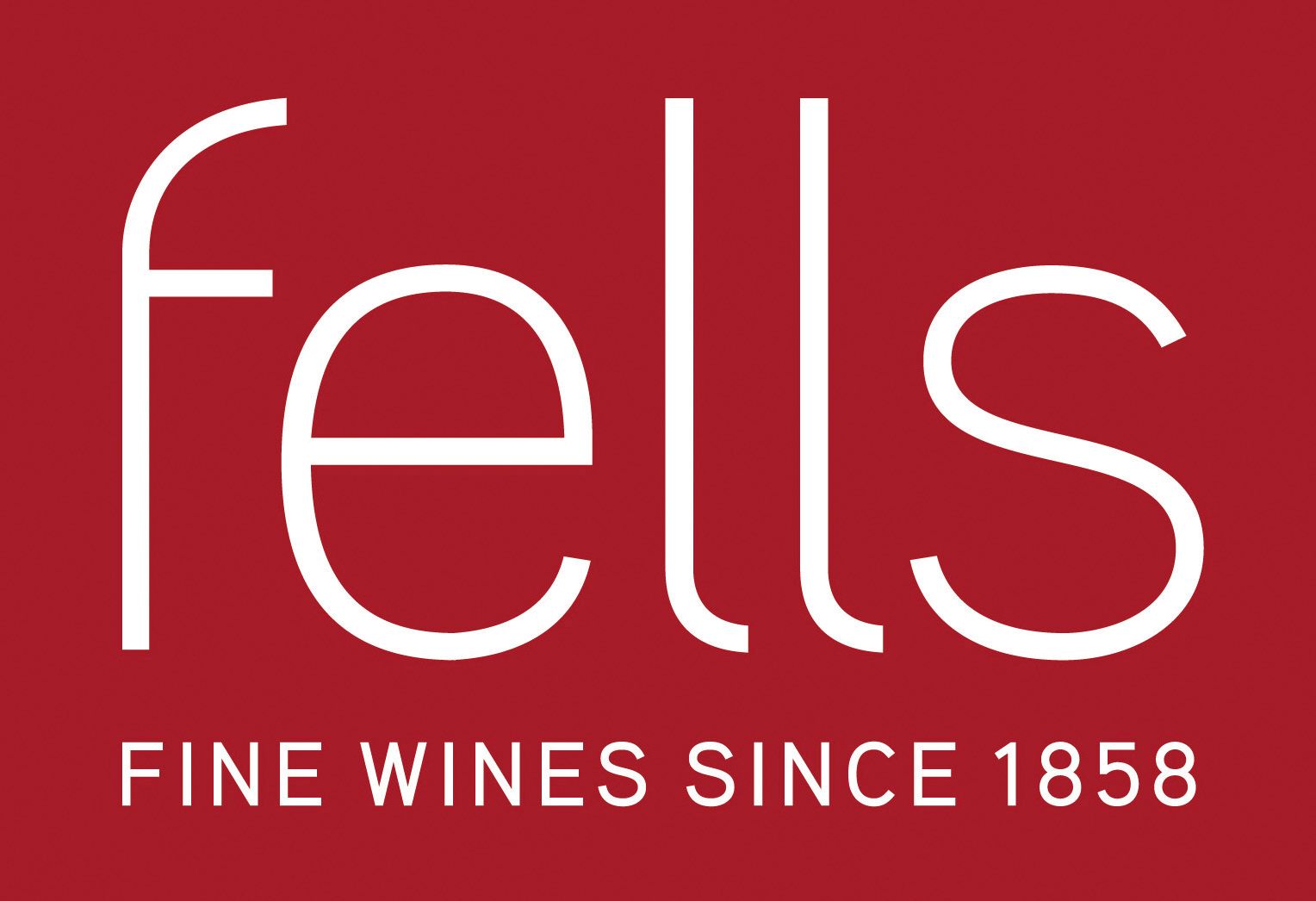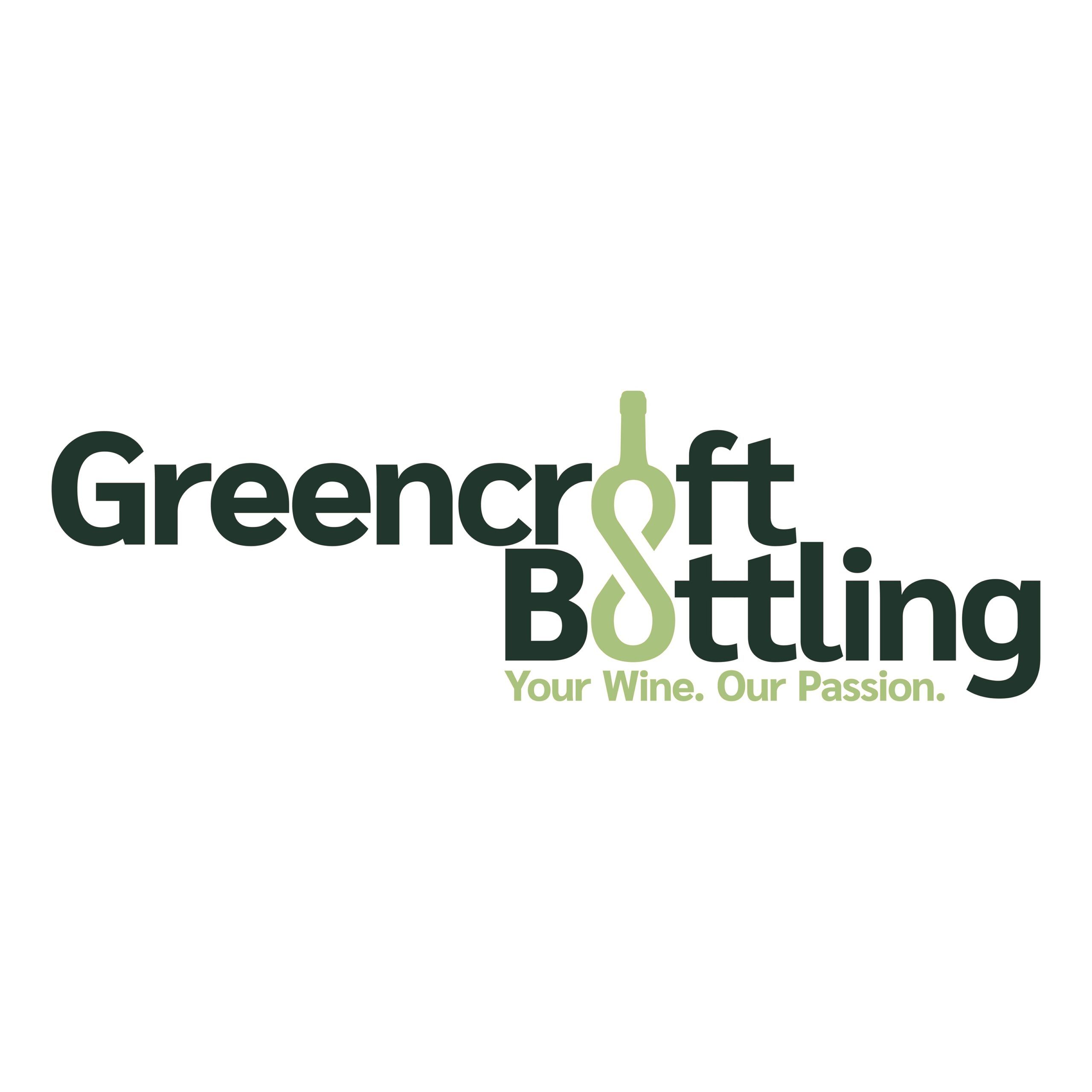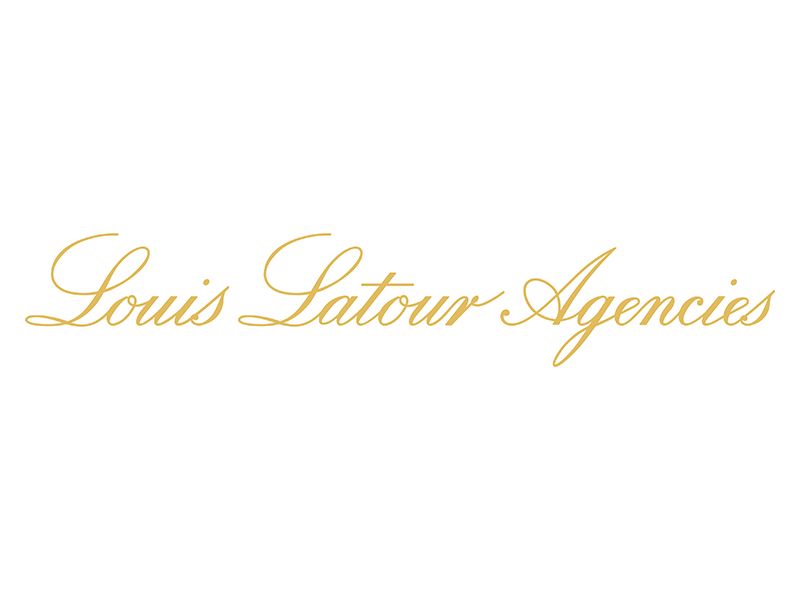New York is America’s third largest wine-producing state after California and Washington, but for many in the premium UK on and off-trade trade it still remains on the “to do” list both in terms of visiting the region and listing its wines. Which is very much what the recent trip hosted and organised by the New York Wine & Grape Foundation, in partnership with The Buyer, was all about.
The chance to give top buyers the opportunity to fully explore the region for themselves and to analyse its potential for selling wines in the UK. A trip that included the chance to visit over 20 producers and take part in a series of benchmark tastings bringing together wines from all the state. Giving the buyers the chance to have a thorough examination of what New York State is all about.
The panel of buyers and importers included:
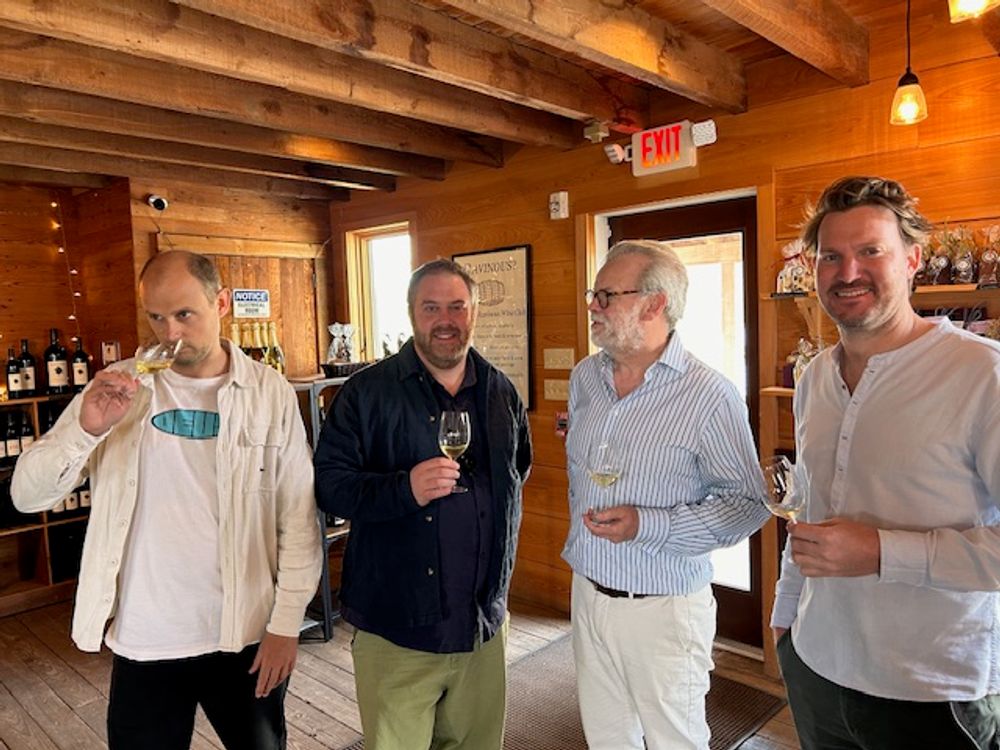
Buyers on tour - our intrepid group of wine buyers who visited New York State recently
- Aljoscha Wright, head of buying and logistics, Oxford Wine Company.
- Arthur Campbell, London sales, Nekter Wines.
- Ben Mudditt, south west trade sales, Wanderlust Wine.
- Dan Whine, senior manager BWS, Zapp.
Buyers’ overall reaction
The chance to visit a region for the first time is not only an opportunity to discover and taste new wines, but it is also the chance to get a sense of their local culture and meet a wide range of producers. New York State certainly made an impact on all of the buyers on the trip who were particularly bowled over by the generosity of the winemakers and the people we met along the way, and by the collaborative attitude of the industry.
Ben Mudditt, Wanderlust Wine: “What shone through was the generosity, warmth and sense of community of the Finger Lakes. I thought the people were fantastic, the community was great, and the trip was really well planned. We saw some beautiful scenery, it was a really special place to be, not quite off-the-beaten track but somewhere where a lot of people wouldn't have had a reason to go. With regards to wine tourism, rambling, walking, climbing, whatever it is you’re into I would highly recommend this region.”
Aljoscha Wright, Oxford Wine Company: “Every single winery we dropped into complimented the other wineries; they talked about how they get together and share information and taste each other’s wines. There definitely seems to be quite a community around the lakes, and for that reason, I think the region will go from strength-to-strength.”
Dan Whine, Zapp: “I was hugely impressed with the area as a whole. I loved the trip. I felt there was a real union amongst all of the producers trying to lift each other up. And as a result, I can see a real future, and a very exciting one. I think there's an appetite for US products in the UK market at the moment, I see that at Zapp, and our customers are very keen to try new US wines.”
But he also stressed: “Some of the producers maybe need to understand a little better what export involves. I think they are relying heavily on wine tourism, people who come into the cellar door and join the wine clubs, fall in love with a particular producer and keep coming back, but if you’re then going to put that wine into a UK wine shop among 300-400 other wines, how is it going to stick out?”
Arthur Campbell, Nekter Wines: “The trip showed that a wine region can be about more than just the grapes, it can be about the people as well. They were extremely welcoming, friendly and keen to show us what they're doing. There was a palpable vibe of collaboration as well, the whole atmosphere among the wine producers was really nice to see.”
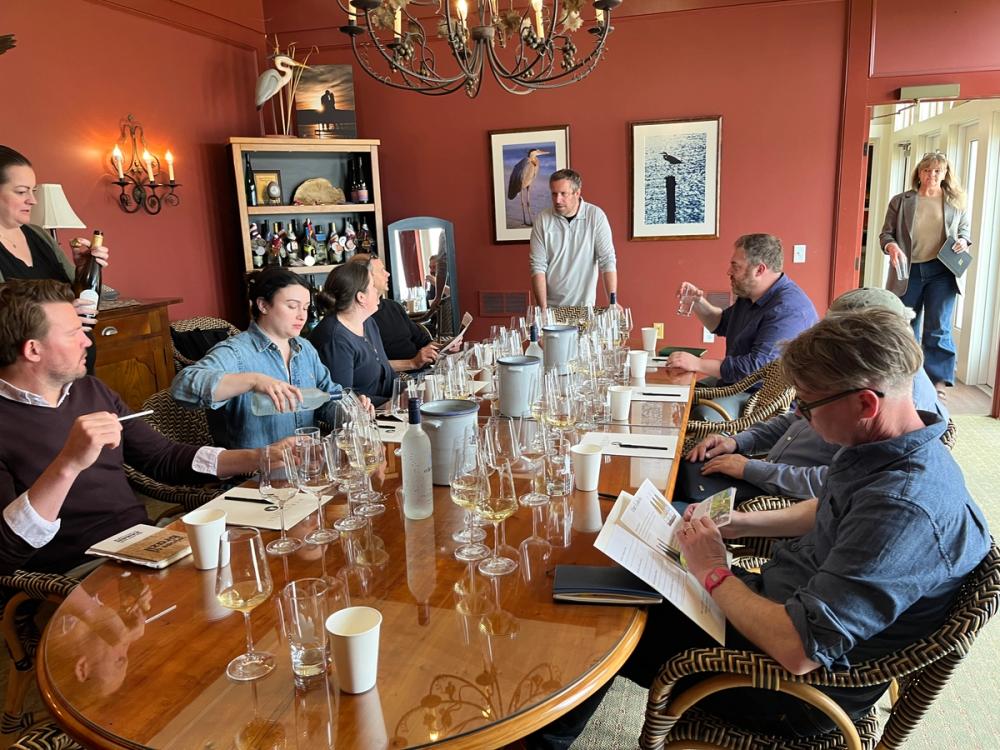
The buyers get down to tasting at Heron Hill
The team of buyers all have very different purchasing criteria and audiences, but there were some common takeaways from the group, not least when it came to pricing and how suitable the wines were for export. They all felt that some movement on price would be necessary to make the majority of the best wines work in the UK. Their key takeaways on this are outlined below.
On pricing
Dan Whine: “I think the pricing works on the domestic market really nicely, but once you've added on export and all the costs of that, it’s a little different and an area that needs a lot of work on.
“We did some brief maths at one point and buying wines at the £10-£12 mark, factoring in some kind of discount, we could retail around £20-£25, which is absolutely do-able. That's reasonable, and if there was a fair wind and everyone was on the same page, it could work but some of the producers need to maybe think a bit more about the market and the business side of it rather than just the wines.”
Arthur Campbell: “The region is still relatively new and there are a lot of people who are still slightly feeling their way and experimenting, and that was both a positive and a negative. So in terms of pricing my feeling is that some wines were quite well priced for the market there, but once you even think about export, they're pushing into a bracket that's very hard to achieve in the UK market.”
“If I was trying to present these wines to this market, I would either be going for something which is cheap and good value, or something which is expensive and still good value because it's got a lot to say for itself, hand sell wines essentially; you hand sell it to the sommelier and the sommelier hand sells it to the customer.”
A particular stand out for him was Heron Hill and its Dry Riesling and Chardonnay, delivering not only on quality but also on price and exactly the kind of wines you would take a punt on in the UK.
“They impressed me, they had produced an export price list and their wines were around $6/$7 FOB, and I know from what we do in California that these could wholesale for around £12."
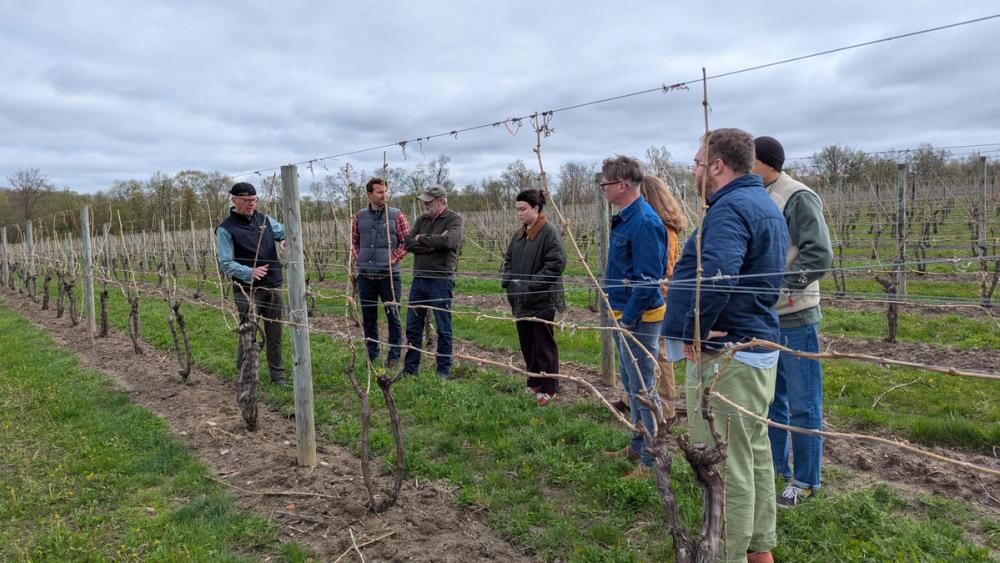
The buying team check out the vines at Boundary Breaks
Aljoscha Wright: “Looking at pricing, for some of these wines to work in the UK we want them to be between the £20-£30 mark on the shelf. I think upper 20s is going to be difficult unless the wine is an absolute belter, so we need a lot of these wines to sit on the shelf at around £20.
“For this to work as a project, and I definitely feel optimistic, it would require quite a bit of collaboration across parties and across wineries, which there certainly seemed potential for. I think some wineries make one brilliant wine and some others do another brilliant wine, so if we can get them to collaborate and do a mixed pallets, then I think there's definitely an opportunity to actually make something happen.”
Ben Mudditt: “The exchange rate has a huge factor to play as to whether we'll be able to offer these wines at any sort of value. They're good value when you're out there, but once you've shipped them and add all the extra costs and duty or whatever else, it's a question of whether they're actually affordable. There's no doubt that they're good, you're never going to get high yielding, bulk, mass-made wines somewhere like this, everything's going to be small artisan and as a result everything's going to be a certain cost.”
“I don't necessarily think that they [the wineries] could be doing much differently on the ground, maybe a little bit more market research into what we as a nation are drinking. Also maybe come to England and look at the pricing on restaurant lists and see what everybody's drinking.”
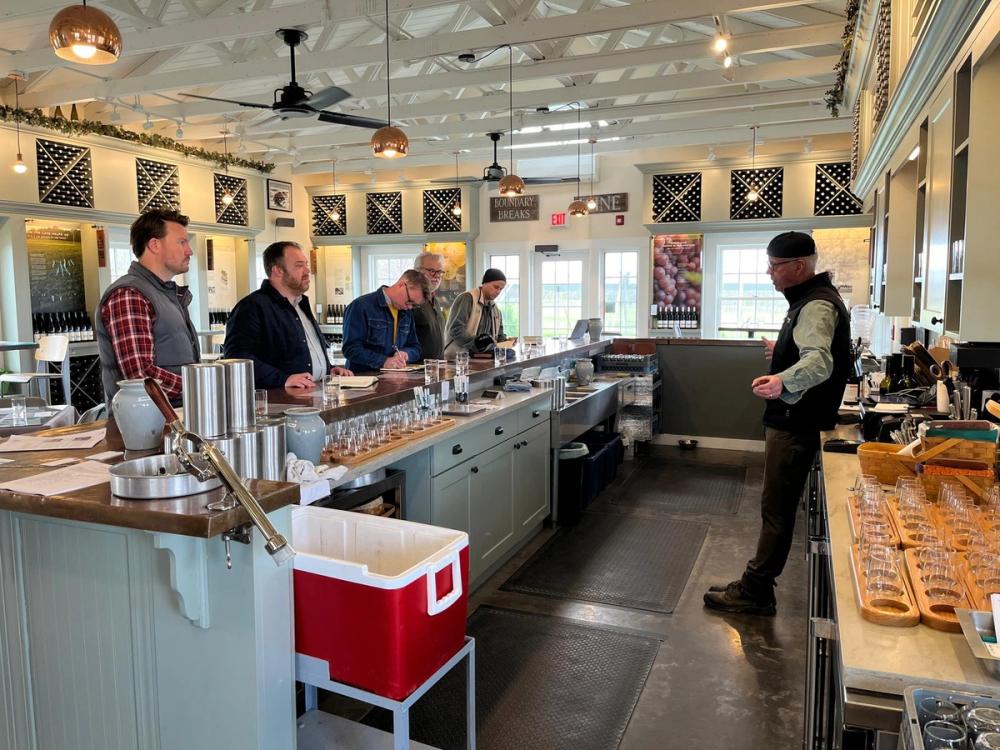
The buying team tasting with Bruce Murray, owner, at Boundary Breaks
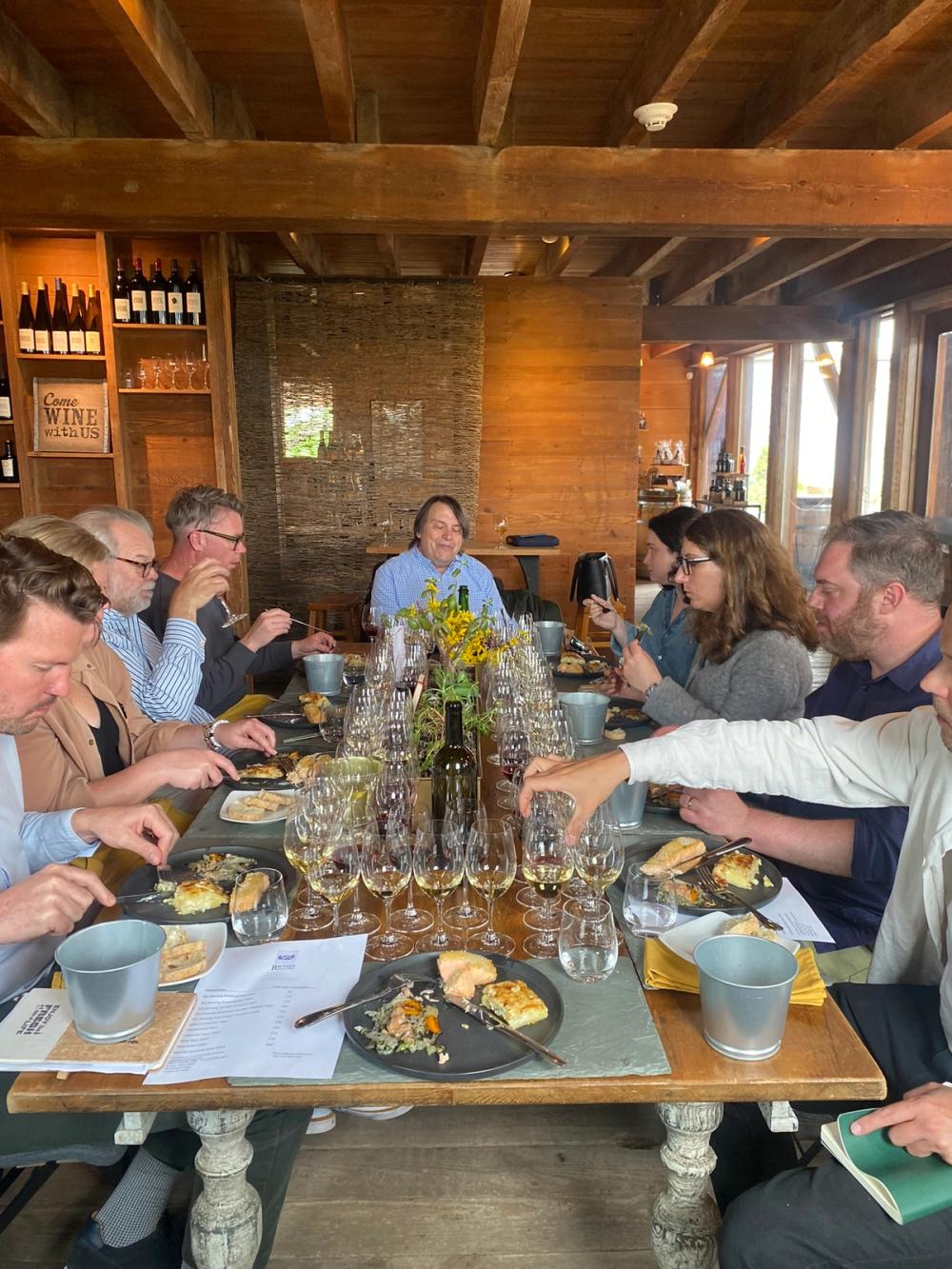
The team having lunch with Morten Hallgren, winemaker, at Ravines Wine Cellars.
Wines and varietals
Dan Whine: “I think there’s space for something indigenous in the UK; some of those grapes have a really beautiful perfume and also amazing acidity. There is a real point of difference there.
“I'm looking for something interesting, and if there is a hand sell and a story to be told, it's much easier as a customer proposition for there to be something different and something of its place that was conceived in the area that it grows.”
Aljoscha Wright: “Riesling isn’t at the top of my list of the most interesting varieties. I really enjoyed the way they are using hybrids; I think that makes a very interesting story and in terms of what we can offer our customers it’s just completely different both in style and cépage.
“We had some absolute stellar red wines, which I wasn't expecting. The 2020 Bordeaux blend at Ravines was really good. The Cabernets that we had at Damiani also blew me away.”
“Some producers also did sparkling wine very well. I think sparkling wine is certainly an interesting avenue, and they are making a very interesting style.”
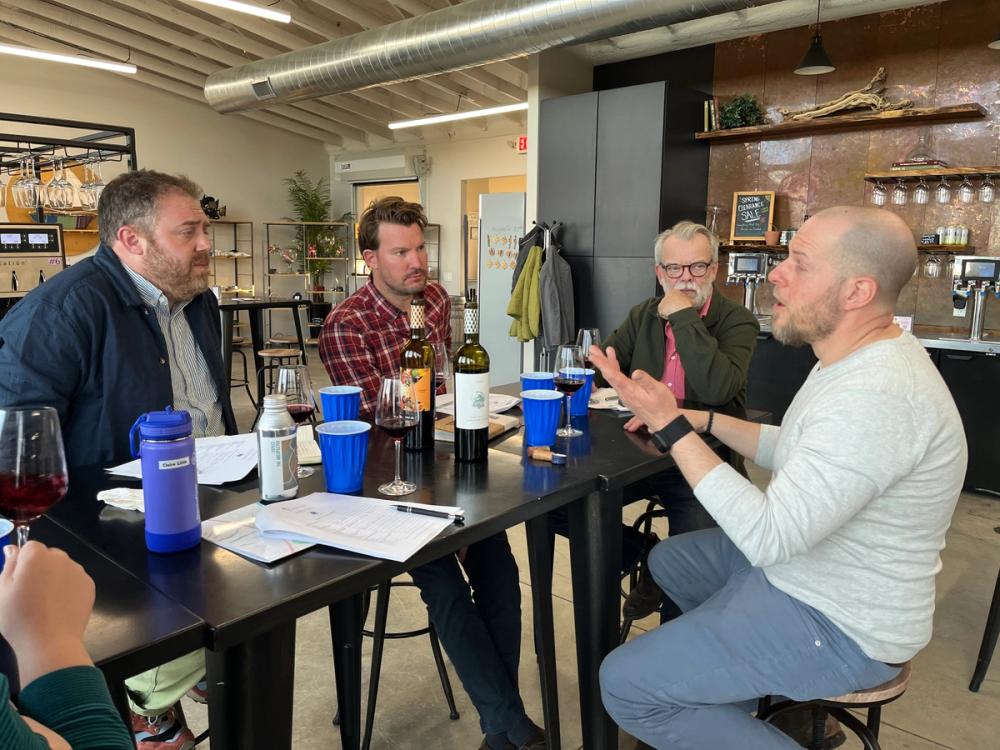
The trip was an opportunity for leading buyers to hear first hand from producers across New York State
Packaging
Dan Whine would be keen to see more work done on the packaging, even it means looking at a bespoke design for the UK.
“The labels very much dictate people's decisions, particularly with a new region. When you're breaking into a new market with a region that nobody's aware of then packaging is key. Some of the wines were fantastic, but I would need to work with the producer on the label and make them more focused on the European customer.”
Arthur Campbell felt the packaging did not always equate to the quality and style of the wines. He explained: “Customers who think of themselves as trailblazers and want to try something new are going to be, even subconsciously, slightly put off by very conventional labelling because that doesn't look new. If you're trying to break into a market, you want to attract people who are trendsetters effectively, so you've got to appeal to them visually as well as on the palate.”
Overall the trip proved to be a great success in achieving its ultimate goal. To get top, independent wine buyers from some of the most influential importers and retailers in the UK to go and see New York State and what it can potentially offer for themselves. To showcase what the region can do, and give buyers the chance to taste a wide range of wines from a diverse set of producers.
It was also an opportunity to share experiences and for the UK buyers to also give direct feedback to the producers and winemakers about what the market conditions are like in the UK and what steps they might need to put in place in order to get a listing in such a competitive market.
Producers and buyers working together to find the right wines for their customers.
- You can find out more about New York Wines at the website of the New York Wine & Grape Foundation. www.newyorkwines.org.
- You can get an overview of the region, its wines and styles and what the buyers were able to taste in Part One of Chris Wilson’s report. Click here to read.

